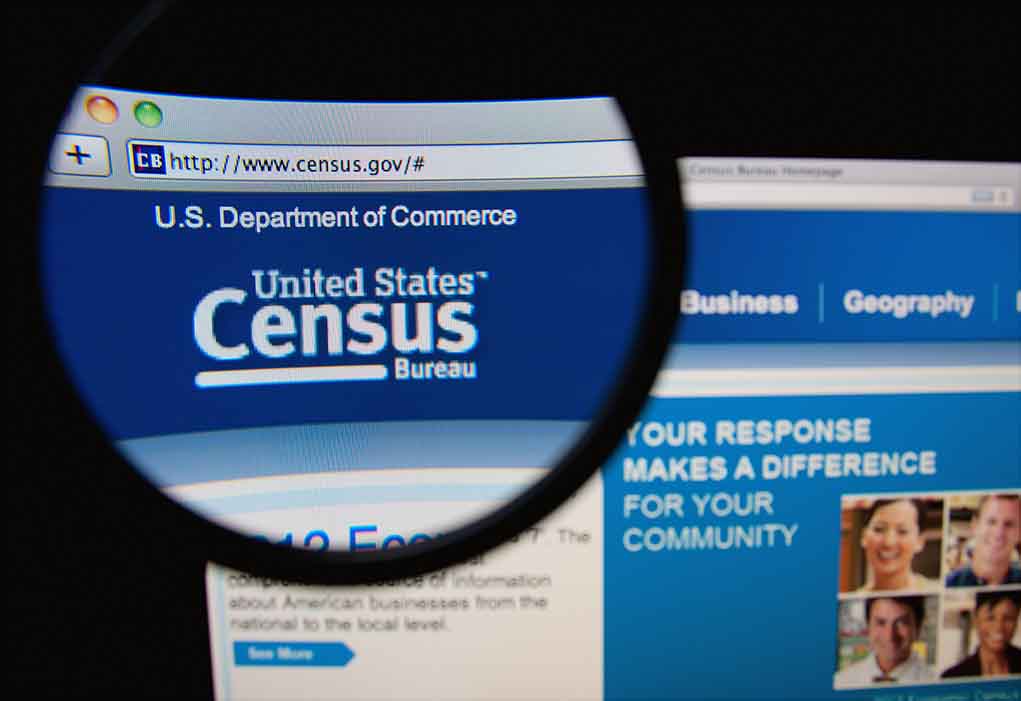
The job of the US Census Bureau is to provide information about the people living in the country and its economy. Generally speaking, it’s an agency that collects and reports data, but why? What is the reason behind the census, and why is this information important?
Brief History
The US Constitution requires a census every 10 years. In 1790, Thomas Jefferson enacted the first census to determine how many officials each state would have in the US House of Representatives.
In 1840, the Census Bureau opened to centralize the process. Before that, local areas mainly handled the information collection. It wasn’t always organized and was prone to heavy legislation to ensure accuracy and standardized formats.
Three Types of Censuses
There are actually three types of censuses the Bureau conducts:
- Decennial census: population count that occurs every 10 years in all states, including the District of Columbia, Puerto Rico and US Virgin Islands
- Economic census: happens every five years and provides data on all industries within every region of the country
- Census of governments: taken every five years to get details about state and local governments
The Census Bureau also provides annual population data estimates and population projections. It has databases available to the public of all the information it collects.
How It Works
Citizens only participate in the decennial census, where the Bureau collects personal information about each person and household. Information includes:
- Name
- Gender
- Age
- Race
- Hispanic origin
- Number of people in the household
Every person needs to provide their information through a census form as it is mandatory. However, the punishment for not replying is only a fine, and the government has never prosecuted anyone for failure to respond.
The Bureau began administering the process online in 2020 using a government website to collect data. Citizens could still submit forms through the mail or answer the survey by phone if they preferred.
The Importance
The decennial census determines how many seats the state gets in the US House of Representatives, and the information is also a tool for drawing congressional and state districts. Additionally, the federal government allocates funding to the states based on population numbers.
The economic census serves as the benchmark for economic activity. It assists governments at all levels with planning, decision-making and development.
The census of governments helps provide details on the condition of local and state governments. It covers finances, organization and personnel. The data aids the federal government in gauging the country’s economic and financial performance and allows for measurements of change within the system. State and local agencies can use it for funding and performance analysis.
With a population of over 300 million people, performing a census is a huge undertaking every 10 years, and managing the other two censuses isn’t easy either. Still, the work is essential to keeping the country on track and operating correctly.












